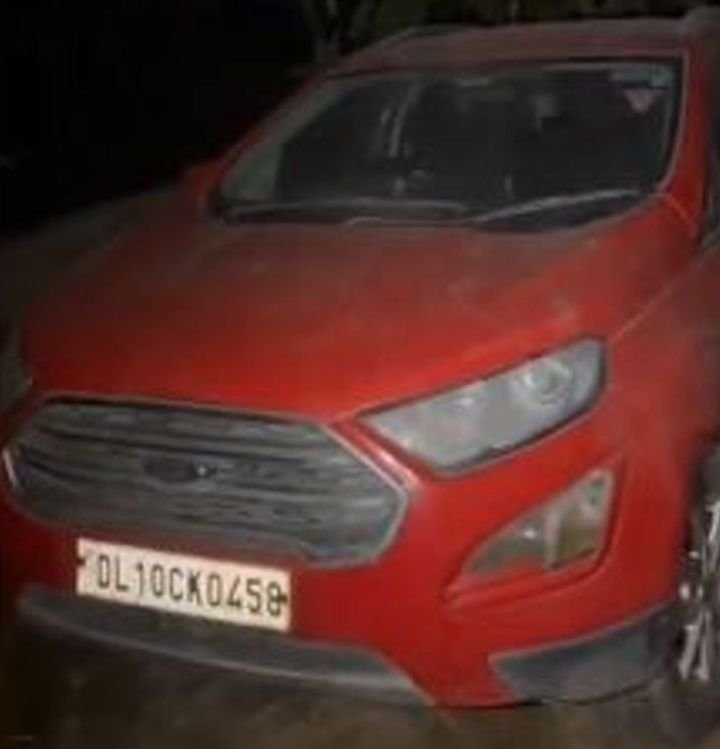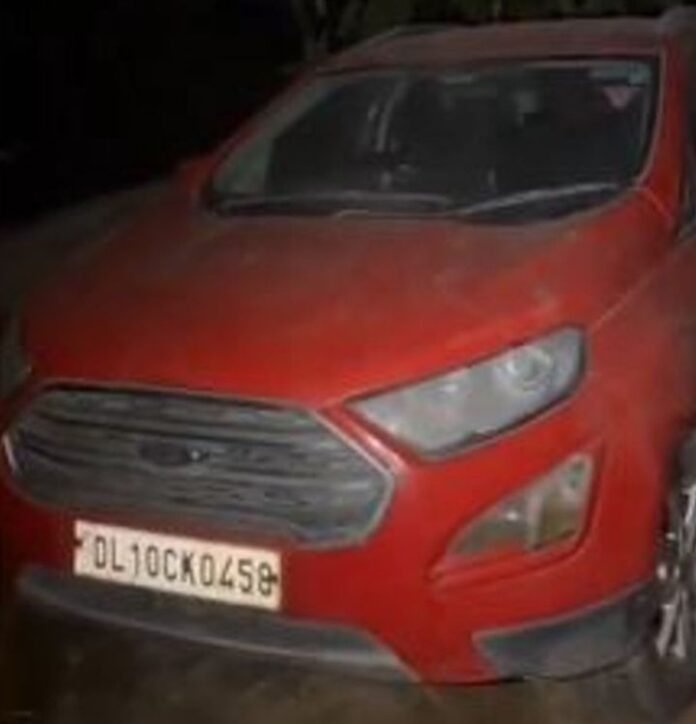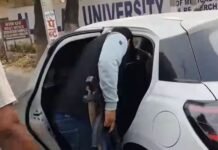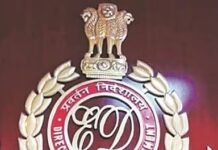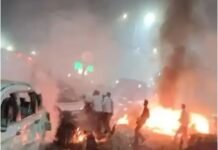New Delhi — The ongoing investigation into the Red Fort blast has revealed a disturbing terror conspiracy involving 32 cars that were allegedly being modified to carry explosive materials for coordinated bomb attacks across Delhi and other locations. According to sources close to the investigation, these vehicles were intended to be part of a large-scale “revenge operation” planned for December 6 — the anniversary of the demolition of the Babri Masjid in Ayodhya.
Among the vehicles identified were a Maruti Suzuki Brezza, Maruti Swift Dzire, Ford EcoSport, and a Hyundai i20 — the last of which exploded near the Red Fort on Monday evening. The explosion claimed thirteen lives and left several injured, exposing what officials now describe as a highly organized and ideologically motivated terror network.
Investigators revealed that the cars selected for the operation were deliberately chosen because they were older models that had changed ownership multiple times, making them harder to trace. However, the police have now located all four vehicles linked directly to the plot.
The Maruti Brezza, bearing registration number HR87 U 9988, was discovered on the premises of the Al-Falah School of Medical Sciences and Research Centre in Faridabad, Haryana — which investigators say was being used as the core base of the terror module. This medical institute has now become the focal point of the probe, with intelligence agencies linking several suspects, including doctors and students, to the radicalized group behind the blast.
Another vehicle, a Ford EcoSport with registration number DL10 CK 0458, was found abandoned late Wednesday night in Faridabad. Police detained a young man who was found asleep inside the car, and he is currently being questioned by counter-terror agencies.
The Maruti Swift Dzire, which was seized earlier this week, was found to contain an assault rifle and a significant cache of ammunition. Officials suspect that this car was meant to transport weapons to other members of the group operating in the Delhi-NCR region.
Sources further revealed that the Red Fort explosion was intended to be one of several blasts that would have taken place across six key locations in Delhi on December 6. The Hyundai i20 used in Monday’s blast was packed with high-grade explosives and ammonium nitrate fuel oil. However, preliminary investigations indicate that the explosion may have been triggered prematurely by one of the operatives, identified as Umar Mohammed, also known as Umar un-Nabi.
Mohammed reportedly drove the i20 into Delhi via the Badarpur border early Monday morning. After circling through central Delhi for several hours, he was expected to park and detonate the car inside the Red Fort parking area. But since the monument remains closed to visitors on Mondays, he allegedly changed plans and detonated the device near the fort’s main gate and metro station, resulting in a powerful blast that sent shockwaves across the capital.
Investigators now believe that Mohammed panicked following the arrest of his associates — Adil Ahmad Rather, Mujammil Shakeel, and Shaheen Saeed — who were apprehended while driving the Brezza. During follow-up raids, security forces recovered nearly 3,000 kilograms of explosive materials and several assault rifles from Al-Falah Hospital in Faridabad and the Government Medical College in Jammu and Kashmir’s Anantnag district.
DNA tests have since confirmed that Umar Mohammed died in the explosion. Officials say the recovery of materials and the pattern of coordination suggest that the group had been planning the attacks for months, possibly with external support.
As the investigation widens, intelligence agencies are now examining possible links between the suspects and terror networks active in Jammu and Kashmir and other parts of North India. The Ministry of Home Affairs has instructed both the Delhi Police and the National Investigation Agency (NIA) to conduct a joint probe to ensure that every aspect of the conspiracy is uncovered.
Security has been tightened across Delhi and adjoining states, with special surveillance measures at historical sites, government buildings, and public transport hubs.
The Red Fort blast, and the revelations that followed, have raised grave concerns about the revival of radical elements attempting to exploit historical and communal sentiments to destabilize peace and security in the country.
